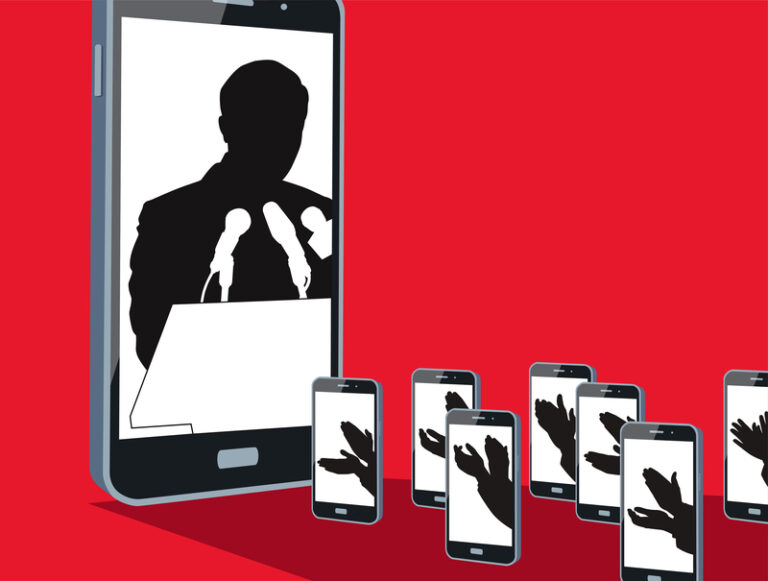Definition of a Digital Leader
Digital and traditional leaders are different in ways of thinking, acting, and reacting. There are four main types of digital leaders, and with some combination of them, most organizations can manage to increase their effectiveness and change their company culture.
- Digital pioneers. Function and business leaders who can reimagine the future, develop different and new business models, and lead winning digital strategies. They are people with the vision and capabilities for driving the adoption of new digital strategies.
- Digital enablers. Leaders who build and bring critical technical solutions (such as data science, cognitive computing, application development and design, and analytics) to take the necessary digital initiatives. They are also there to help employees tackle new digital challenges.
- Digital investors. Senior executives with a venture capital mindset who are focused on building an environment that fosters innovation, forging partnerships, investing in ideas and talent, and uncovering opportunities. They are there to educate others about the implications of digital technologies.
- Digital transformers. They determine strategies for carrying on daily business activities and manage the entire organization through radical changes.
5 Characteristics of Digital Leaders
From great interpersonal skills to a wealth of digital knowledge, the best digital leaders cover a full spectrum of skills to help others and share their vision. These are the essential characteristics that establish them as agents of change and separate them from the competition.
- Curiosity
In the world of digital, the most successful leaders are those fearlessly curious. Take Travis Kalanick (founder of Uber) for example. He only wanted to get a great ride by a push of a button, so he observed his needs as a consumer. After realizing that a cost-effective and convenient taxi solution is something the world needs, he challenged the old system of taxi transportation and examined the issues from a consumer’s point of view. It allows digital leaders to empathize with consumer needs and come up with innovative solutions for their pain points.
- Vision
Vision is everything, especially in the early stages of any digital transformation (which is seen as a competitive opportunity.) To compete, a company must know the strategies and technologies that support their company goals from both a short- and long-term perspective. An excellent digital leader is there to bring a fresh mindset to the company, so they often come from outside of your industry. That allows them to reorganize everything and create an environment that fosters innovative ideas. A digital leader has a vision of how a business can and should evolve, and can develop a digital strategy to ensure that.
- Experimental
Curiosity is the first step to reimagining the future. Experimentation is when you get your hands dirty. What does successful testing require? First of all, it requires an understanding that a failure is an option. Also, an in-depth analysis of customer behavior and the ability to make quick strategic changes in-line with the findings. A great digital leader knows that mistakes are unavoidable in innovation, so he’s in charge of motivating and giving people confidence to understand that as well as to make creative and bold decisions.
Digital leaders help people unleash creativity within their roles while working to achieve a common company goal. They are there to help people maintain their creative energies and learn from their mistakes to refine the company’s internal practices.
- Collaboration and Networking
As we said before, companies no longer have a top-down structure, where those at the top bring decisions, and the employees work to execute them. Today’s businesses realize the value of open feedback culture and motivate people to collaborate. Digital collaboration is crucial to the success of most departments in most organizations, and digital leaders know how to make it happen. They are to make the employees feel more comfortable in their jobs. They should be specific (because people respond to particular directions better,) and provide as much positive feedback as negative. They should also give it frequently for the feedback to be productive, and use technology to help analyze and assess the feedback. Employees need to feel that they have a place where they can share their opinions and ideas.
Digital leaders also understand the real value of networking and spend much time on creating partnerships, forging relationships, and finding new places where they can connect with people.
Lifetime Learners
Having a sustained and intrinsic desire to learn is one of the essential traits of digital leaders. It is a precursor to innovation and creativity, which is necessary for thriving in today’s digital age. Leaders should always work to expand their digital IQ and competence to keep moving forward, drive digital transformation, and remain competitive in the market.
Successful digital leaders are creative, curious, experimental, innovative, collaborative, and have strong interpersonal skills that help them network and forge relationships. They are industry leading, forward-thinking, and can keep their organizations relevant in an ever-changing business landscape. They motivate, inspire, and cultivate an open-feedback culture to build a successful and healthy working and learning environment.
Summary
Successful digital leaders are creative, curious, experimental, innovative, collaborative, and have strong interpersonal skills that help them network and forge relationships. They are industry leading, forward-thinking, and can keep their organizations relevant in an ever-changing business landscape. They motivate, inspire, and cultivate an open-feedback culture to build a successful and healthy working and learning environment.
Today’s businesses have lesser chances of success if they avoid going digital. Facts are, millions of people around the globe increasingly rely on the Internet to find products or services. It has businesses reorganizing themselves to meet the changing consumer demands. It also calls for a new type of leaders – digital leaders. And as digital technologies continue to transform businesses, the definition of a great corporate leader has changed as well. With more agile and collaborative approach to leadership, a command-and-control management style is no longer a viable option for leading a team of employees.




